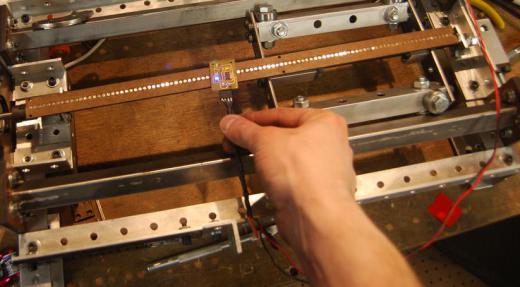Position sensors are a range of devices that are utilized to obtain either an exact or an approximation measurement of position. Sensors of this type include transducers, encoders, and potentiometers. Depending on the particular type of position sensor involved, the measurement may be linear or angular in nature, and may be classed as relative or absolute.
There are a number of different examples of position sensors. One is known as a proximity sensor and is used to detect the presence of nearby objects without the need to actually come in direct contact with the objects. A common design for this type of position sensor is for the inclusion of two sections or components that can be moved apart. For example, a sensor designed to monitor the sashes on a window can be positioned so that it is possible to determine if the window has been opened, based on the distance between the two halves. From this perspective, the sensor can be used as part of security system, making it easy to monitor the status of all the windows equipped with proximity sensors.

An eddy-current sensor is another example of this type of electronic device. This form of position sensor functions by responding to changes in the magnetic field, using conductors to note the change. A common example of how this sort of sensor works is found in machines that receive and dispense coins. Thanks to the readings from the device, it is possible to identify whether real coins are inserted into the machine, or if a slug or other unrecognized object that is roughly the same size as a coin is inserted. This in turn can trigger an automated response that rejects the false coin. A position sensor of this type is often found in machinery such as coin-operated washing machines and dryers, as well as many automated services that require customers to insert coins in exchange for a good or service.
There are many other examples of position sensors, including grating sensors, linear encoders, and rotary encoders. While the application of each type of sensor is slightly different, all of them make use of magnetic fields to ascertain or measure the aspects of objects, which in turn makes it possible to achieve a desirable end. A position sensor may be used in a number of appliances used in the home, as well as in heavy machinery used in manufacturing plants and even in many commercial and retail environments.

